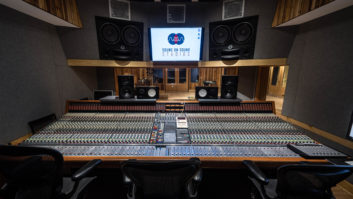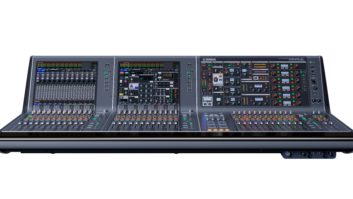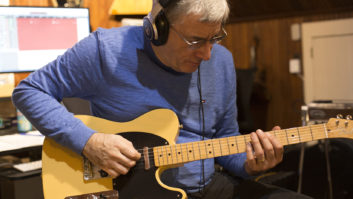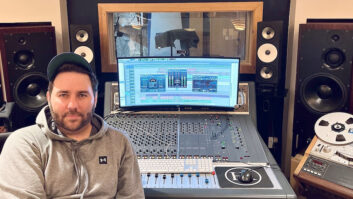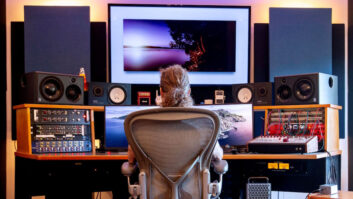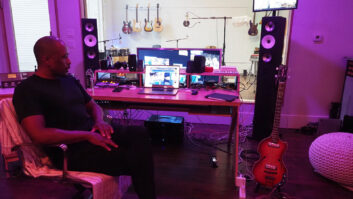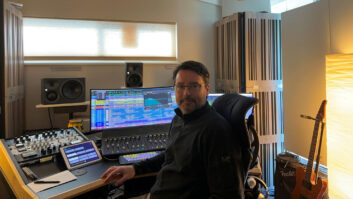Infocomm 2018 takes place this week in Las Vegas, and there will be plenty of talk on the show floor about AOIP (audio over IP), whether it’s Dante, AVB or AES67. Product announcements regarding network-related gear and software are sure to be plentiful, too.
Here’s an example: Dante developer Audinate will be announcing at the show that it’s now shipping its AVIO adapters, which allow you to plug your “legacy” (non-networkable) audio devices like mixers and audio interfaces into a Dante network. With everything changing so fast, the idea that you don’t necessarily have to ditch all of your existing gear to switch to a networked system is somehow comforting.
Follow our Infocomm coverage at: #MyInfoComm2018
But I’m getting ahead of myself. AOIP is more than a buzzword, it’s the future for the audio world. In some parts of the industry, it’s the present. In post-production facilities, where a mix session could be in anything from stereo to 5.1 to 9.1 or even a 17-speaker Dolby Atmos configuration, a network is an absolute necessity to handle all the different setup and routing possibilities.
But it’s not just for large commercial facilities, AOIP is becoming more and more of a viable option for the home studio owner. If all the gear in your studio could talk to each other, you would have more efficiency and power. Instead of repatching for different sessions, you could have your own setup templates that instantly set things up for particular session types.
Read More Mix Blog Studio: Fade “Accompli”
What’s more, networked audio devices are connected with CAT5 cables, greatly reducing the need for audio cables. You could cut down the amount of cabling in your studio substantially, which could be a real boon in small spaces—or for any size studio, for that matter. Just dealing with cables can be a real pain in the butt for the home studio operator, so a drastic reduction would be beneficial.
In my home setup, I currently have to run an audio snake down three flights of stairs to my basement when I want to record drums. It’s certainly not something I can leave set up all the time. I’m therefore enamored of the idea of having a CAT5 cable permanently run from my control room to the basement so when I want to record drums, I could just plug-in a networked stagebox or interface to handle the mics and headphones. It’s potentially so much easier.
Of course, it’s not just audio over IP that’s booming. Networked systems bridge the divide between audio and video, handling multiple streams for both simultaneously. You can bet the folks at Infocomm will be talking a lot about the intersection of those two types of data.
We’re certainly still in a transitional phase from the non-networked gear universe to the networked one. There are already many different formats fighting for dominance, and while that can sometimes be a boon to users, it can also suck if you invest in format A, but format B subsequently wins out. So, I’m glad that the AES67 format is designed in part to bridge the difference between various network systems. The more companies can agree on standards, the better off everyone will be (think where we’d be without MIDI).
In this blog, and in Mix in general, we’re going to be covering AOIP and related networking issues quite a bit. It’s changing the way we work, so what could be more newsworthy?
